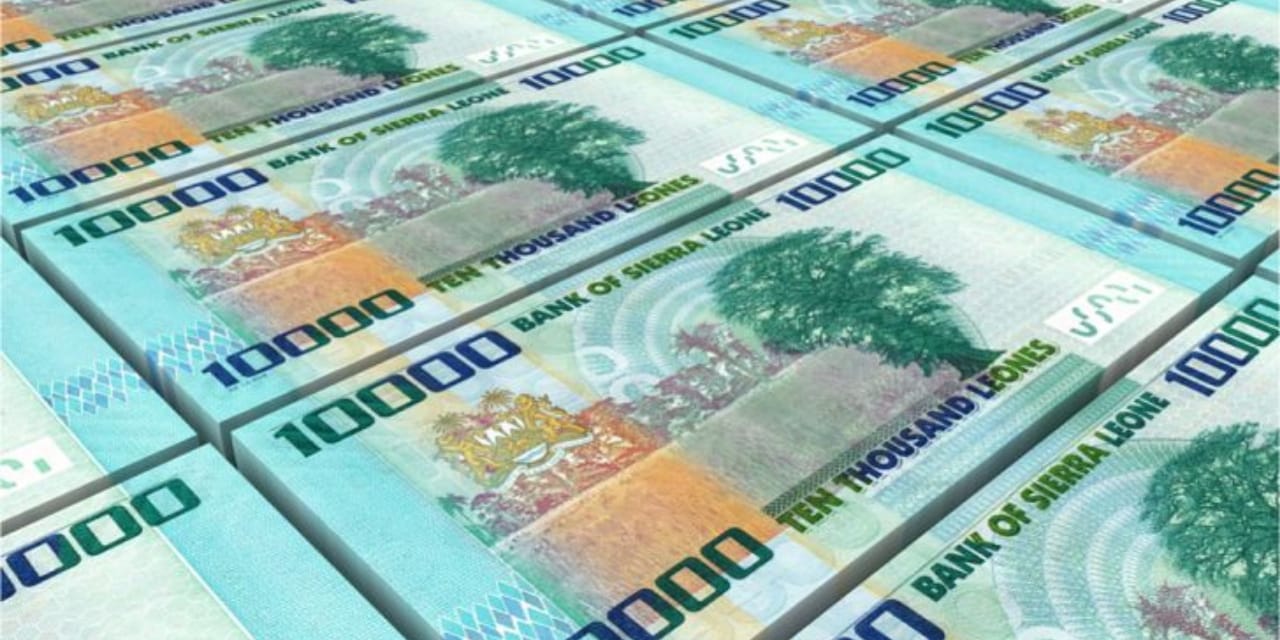Sierra Leone’s Leone is ranked among the weakest currencies in the world, according to recent reports by TrulyFinancial.com.
The Leone is ranked 5th weakest ahead of Uzbekistan Som, Guinea Franc, Paraguay Guarani, Cambodia Riel, Ugandan Shilling.
The full list is stated below 👇🏽
1: Iranian Rial (IRR): [1 USD = 42, 250 IRR]
Yet again, the Iranian rial remains the lowest currency in the world in 2022, with a value of over 42 thousand IRR to $1 USD. The rial has remained the weakest currency as a result of sanctions that prevent Iran from exporting petroleum into the global market, partially due to political instability in the region.
2: Vietnamese Dong (VND): [1 USD = 22,650 VND]
Although there has been some small improvement since 2020, Vietnam is still struggling with the shift from a centralized economy to a market economy. With such a small economy relative to many other countries, investors are still very leery about investing any substantial amount of capital into the country. This continues to hold down the value of Vietnam’s national currency.
3: Indonesian Rupiah (IDR): [1 USD = 14,365.5 IDR]
Like some other countries in the top 10 weakest currencies in the world, the Indonesian rupiah has made very small improvements over the last two years. However, the Indonesian government perseveres in its efforts to improve the value of its currency despite continued depreciation.
4: Laotian Kip (LAK): [1 USD = 11, 345 LAK]
Not only is the Laotian kip one of the lowest valued currencies in the world, but this national currency’s position has changed for the worse since 2020. It actually reached its lowest point in 15 years in 2021. This is due mostly to the massive inflation rate of the kip, as well as depreciation against foreign currencies.
5: Sierra Leonean Leone (SLL): [1 USD = 11,330 SLL]
Sierra Leone’s economy continues to struggle with its currency’s exchange rates – its currency is worth 16% less than it was compared to the USD in 2020. If present trends continue, the leone is on track to stay as one of the lowest valued currencies in the world. Hopefully, the country’s rich supply of natural resources will help the leone bounce back from this economic downturn in the coming years.

6: Uzbekistani Som (UZS): [1 USD = 10,812.5 UZS]
Although the Uzbekistani som has moved up in ranking on our list of lowest currencies in the world, its value has actually reduced since 2020. The som continues to struggle since the Uzbeki government devalued its official currency by almost half in 2018, in an attempt to improve the country’s positioning for investors.
Unfortunately, while it remains stable, the som has yet to make any progress in returning to its former values.
7: Guinean Franc (GNF): [1 USD = 9,002.5 GNF]
The Guinean franc has made marginal progress in improvement over the last two years, but still remains one of the lowest currencies in the world. There is hope that Guinea’s rich assortment of natural resources will allow it to continue making marked improvements in the future – especially if more gains can be made in the path towards political stability and managing ongoing Ebola outbreaks.
8: Paraguayan Guarani (PYG): [1 USD = 7,089.86 PYG]
There has been virtually no change in the positioning or stability of the Paraguayan guarani, which is unfortunate because the country had been making progress before it was hit with the challenges of the COVID-19 pandemic. This has made any improvements largely negligible and could see the guarani remain on the top 10 weakest currencies in the world for the foreseeable future.
9: Cambodian Riel (KHR): [1 USD = 4,065.5 KHR]
While the Cambodian riel still isn’t a very popular currency, its position has also remained the same since 2020. This could be because the USD is still the preferred currency in Cambodia for the vast majority of transactions, which ostensibly holds down the value of the riel.
10: Ugandan Shilling (UGX): [1 USD = 3,507.71 UGX]
The last member of our list of lowest currencies in the world still goes to the Ugandan shilling, which has only improved slightly in value over the last two years. Apart from that minimal increase, the Ugandan shilling remains very stable, which means its value may continue to slowly rise over the next several years.




 Post a comment
Post a comment









